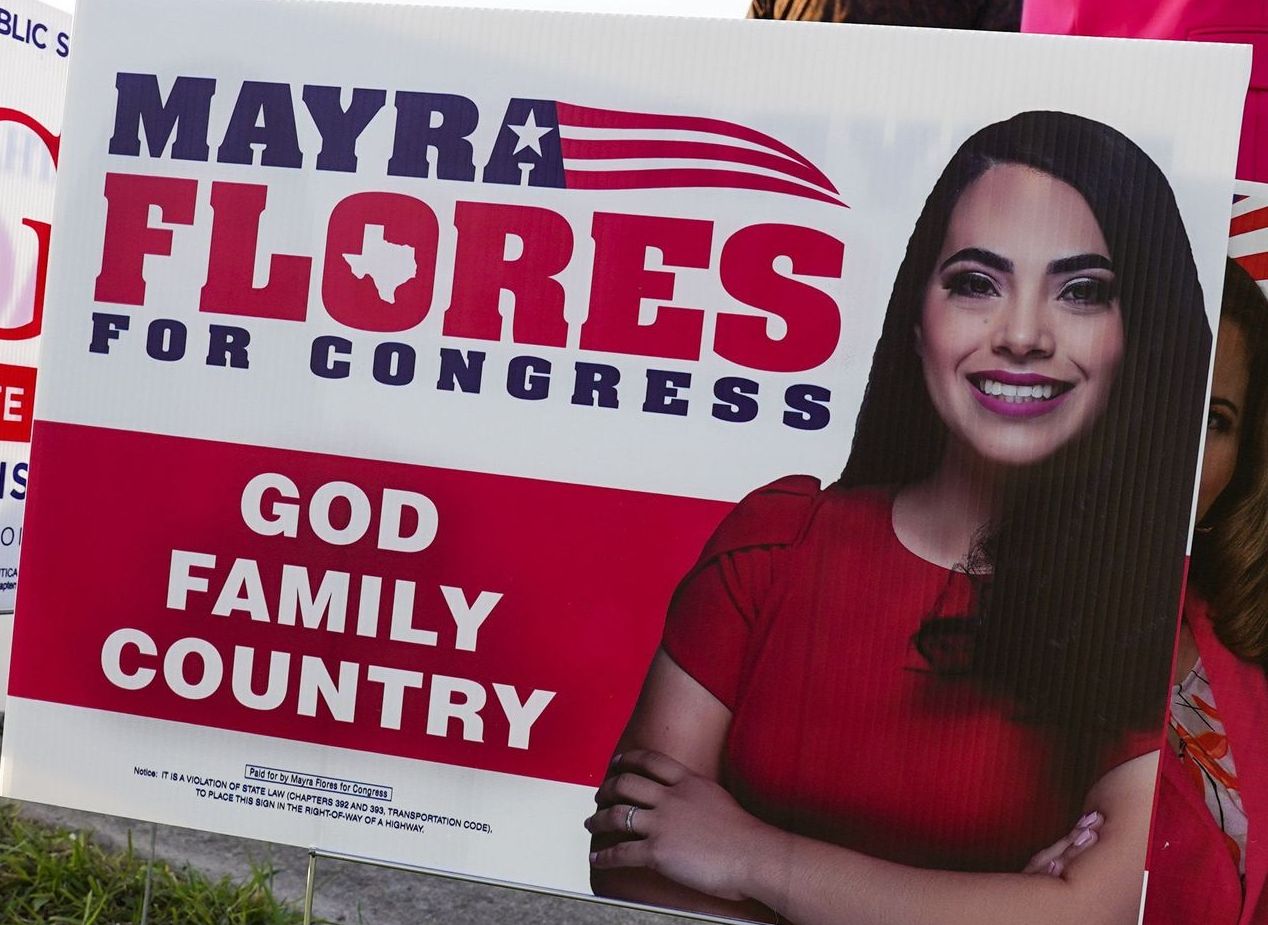Ever since Donald Trump’s underdog victory in 2016, there has been a shift among minority voters in the United States. As CNN calls them, “voters of color,” have been shifting toward the GOP for several years now. Cultural issues like education, family, and even abortion tend to draw in conservative populations among Hispanic voters as well as other demographic groups.
According to a recent analysis from Harry Enten at CNN, the GOP is set to continue making massive inroads with voters of color that could help push the red wave to historic levels in November:
But while Democrats and Republicans may be further apart on policy than any of us can remember, that breakdown is not occurring along racial and gender lines as much as you might think.
The Times poll showed that Democrats were ahead by around 25 points among voters of color on the generic congressional ballot, which usually asks respondents some form of the following question: “If the elections for Congress were held today, would you vote for the Democratic or Republican party?” Democrats trailed among White voters on this same question by 10 points.
A 35-point racial gap is minuscule by historical standards.
I decided to investigate further by averaging polling data from CNN/SSRS, Fox, Marist College, Monmouth University and The New York Times.
The average showed Democrats up by 30 points among voters of color and losing White voters by 14 points — a somewhat larger 44-point racial gap but still historically small.
In fact, it’s the smallest divide this century.
In other words, the political polarization between parties isn’t being seen between demographic groups that typically voted a certain way. Democrats have acted for decades that black voters must vote Democrat or, as Joe Biden put it in 2020, “you ain’t black.”
That kind of condescension and “plantation” mentality has rubbed many voters of all stripes the wrong way. The feeling that skin color must dictate political views is as antiquated as the Democrat Jim Crow South.
The common goals of success, fairness and God-given rights unite people around a common bond more than dividing them into political groups based on ethnicity as the Democratic Party would prefer. Many voters, especially from various South American countries, fled socialism and don’t want to see it imposed in the United States.
Enten’s analysis also found that the shift toward the GOP is not just among Hispanics but every demographic group has moved away from Democrats to a lesser or greater extent:
The big reason for this shrinking gap is that voters of color are supporting Republicans at very high levels. The previous low watermark for the Democratic edge among voters of color in House elections this century was 40 points in 2004.
Republicans are currently doing 10 points better than their best year of 2004.
Part of why that is occurring is the changing demographic makeup of voters of color. They’re a lot more Hispanic than they used to be. At the same time, they’re a lot less Black. Hispanic voters don’t support Democrats as much as Black voters.
But that’s not all that’s going on. Democratic support from Asian American, Black and Hispanic voters is much lower than it has usually been.
This was seen in the special election for Texas’ 34th Congressional District, a majority-Hispanic district where Mayra Flores, a Trump-backing “MAGA” Republican won the seat for the first time in a century.
If nothing is safe for Democrats, not even a seat they’ve held for 100+ years, then they have a real problem on their hands moving forward into the midterms and even into the 2024 presidential election.
As for other breakdowns, such as men versus women, Enten’s analysis also flashes warning signs for Democrats despite the push to make abortion a major midterm issue:
The first is that it does not seem like the US Supreme Court overturning Roe v. Wade has divided men and women more than they previously had been in terms of voting patterns.
The second is that women, even after the high court’s decision, seem to be supporting Republican candidates more than they have in recent years. You’d have to go back to the 2014 cycle — a good one for the GOP — to see women backing Republican candidates at higher levels than they are now.
So if women aren’t being moved much by the Roe v. Wade reversal and voters of color are shifting toward the GOP due to a host of reasons, Democrats are hemorrhaging support among groups they will need to shore up before November.
Donate Now to Support Election Central
- Help defend independent journalism
- Directly support this website and our efforts
